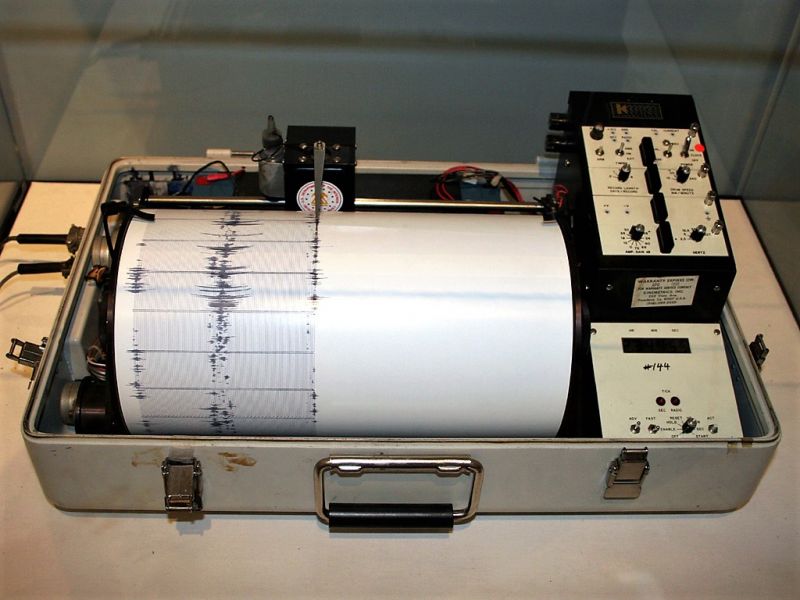Earthquakes Follow Wastewater Disposal Patterns
Published on by Water Network Research, Official research team of The Water Network in Academic
Wastewater created during oil and gas production and disposed of by deep injection into underlying rock layers is the probable cause for a surge in earthquakes in southern Kansas since 2013, a new report in the Bulletin of the Seismological Society of America concludes .
 Until 2013, earthquakes were nearly unheard of in Harper and Sumner counties, the site of recent intensive oil and gas production. But between 2013 and 2016, 127 earthquakes of magnitude 3 or greater occurred in Kansas, with 115 of them taking place in Harper and Sumner counties. Prior to 1973, there were no felt earthquakes reported in the area, and only one magnitude 2.0 earthquake between 1973 and 2012.
Until 2013, earthquakes were nearly unheard of in Harper and Sumner counties, the site of recent intensive oil and gas production. But between 2013 and 2016, 127 earthquakes of magnitude 3 or greater occurred in Kansas, with 115 of them taking place in Harper and Sumner counties. Prior to 1973, there were no felt earthquakes reported in the area, and only one magnitude 2.0 earthquake between 1973 and 2012.
Using data collected by a network of seismic stations installed by the U.S. Geological Survey, lead researcher Justin Rubinstein and his colleagues analyzed 6,845 earthquakes that occurred in the counties between March 2014 and December 2016.
They found that the dramatic uptick in seismicity correlated in time and location with increases in wastewater disposal that began in 2012—and that decreases in seismicity during that time also corresponded to decreases in disposal rates.
In the southern Kansas study area, wastewater injection decreased significantly in 2015, falling from an average of 5 million barrels a month from July to December 2014 to 3.8 million barrels per month in March 2015. This decrease was likely due in part to a drop in oil and gas production as the prices for those commodities dropped, the researchers said, noting that the price of a barrel of oil fell by half between August 2014 and January 2015.
During the same time, the Kansas Corporation Commission developed rules to limit wastewater injection in the study area, with the rules going into full effect in July 2015. Since then, wastewater injection in the study area has dropped by almost 50 percent.
There is a corresponding decrease in seismicity in 2015, but Rubinstein said it is difficult to tell how much economic shifts or new regulation contributed to that trend. "We can't fully disentangle it. But there's no question that economics plays a role here because injection started to drop off before the new rules went into place. "
"It certainly seems probable that regulations have an effect," he said, "but we would need to speak to individual [oil and gas] operators to determine the extent of that effect."
Source: Phys.org
Journal reference: Bulletin of the Seismological Society of America (2018). DOI: 10.1785/0120170209
Media
Taxonomy
- Oil & Gas
- Heavy Oil
- Oil & Gas